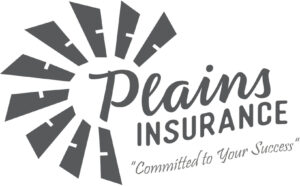SCO and ECO
It’s essential to stay informed about your crop insurance options. With changes in coverage, it’s the perfect time to review your policies and explore additional protection. Two important options you can consider for your spring and fall crops: Supplemental Coverage Option (SCO) and Enhanced Coverage Option (ECO).
